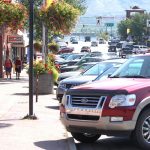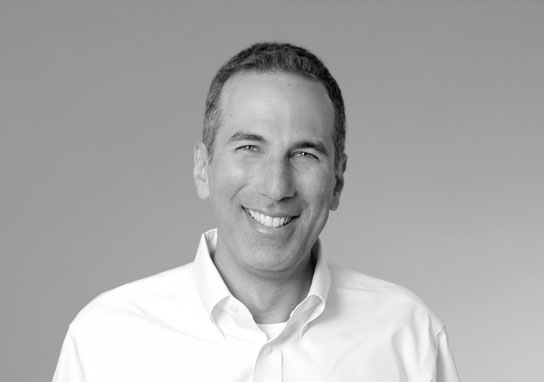 In popular downtowns the parking problem we are often asked to solve comes down to this: employees arrive for work and park in the best spaces before customers arrive to patronize the businesses. The definition of the problem is that simple (although solving the problem is not).
In popular downtowns the parking problem we are often asked to solve comes down to this: employees arrive for work and park in the best spaces before customers arrive to patronize the businesses. The definition of the problem is that simple (although solving the problem is not).
So employees park in the most convenient spaces. Customers, who don’t know the area as well as employees, are less willing to park in an unknown or inconvenient location – assuming they can find that location – and then must walk some distance to their destination. The most convenient spaces remain full (of employees) all day and the less convenient spaces sit empty because some customers are not as willing or able to park in less convenient spaces.
Interesting is the consistency of the numbers we see in popular downtowns, what I call the 65% factor. In the most popular downtowns we have studied in California, we find in our initial survey of peak parking occupancy rates an occupancy rate fairly close to 65%. This was true when we first studied Downtown Santa Monica in 2009 (which has since addressed the problem).
In Downtown Culver City in 2010, with a very high concentration of restaurants, we found the peak occupancy rate for parking to be 61%. In our first study of San Clemente, several years prior, we found a peak occupancy rate of 62%. We recently completed an in lieu fee study in the very popular Sonoma County food and wine destination of Healdsburg. Reviewing their previous study, we found an overall peak occupancy rate identified in busy Downtown Healdsburg of 68%. And remember, many of these cities were thought to have an immediate shortage of parking.
The 65% almost always includes on-street, off-street public, and off-street private parking spaces. And often a large portion of the empty spaces are located in private garages or surface lots. Sometimes in one or more large public garages or surface lots as well. The number is lower in downtowns that are nascent, struggling or simply less popular than the more popular commercial districts. In just a couple of popular cities we studied in 2013, we found much higher occupancy rates, averaging close to 90%. These were cities with relatively little off-street parking.
Does this recurring number represent a special phenomenon? Higher than necessary minimum parking requirements ? The limits of how far out customers are willing to park and walk to their destination? Parking management challenges? A combination? Or coincidence?
We do know that having roughly one third of a downtown’s parking spaces empty at the peak hour of the week is not an efficient use of parking resources, not to mention land. And it’s even worse when one third of your parking spaces are empty and some of your customers or businesses still think there is a shortage of parking spaces!

